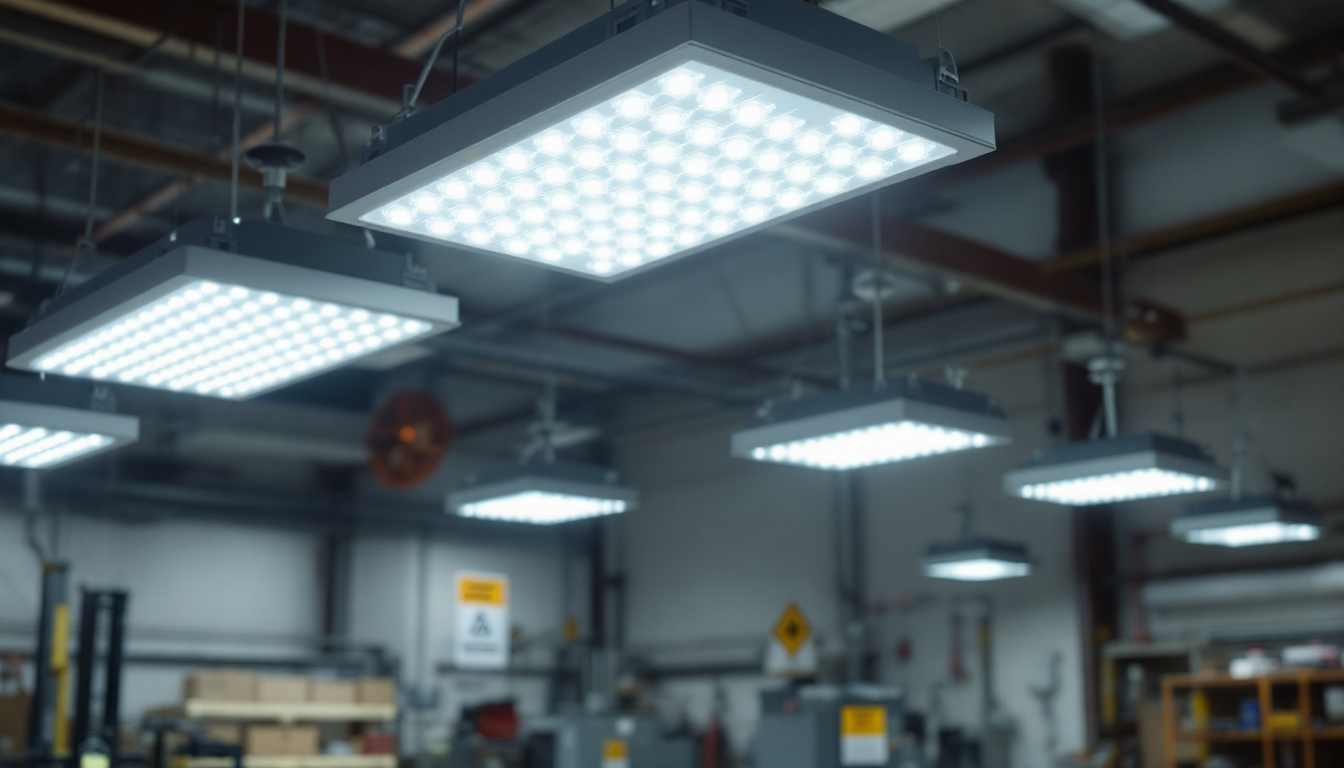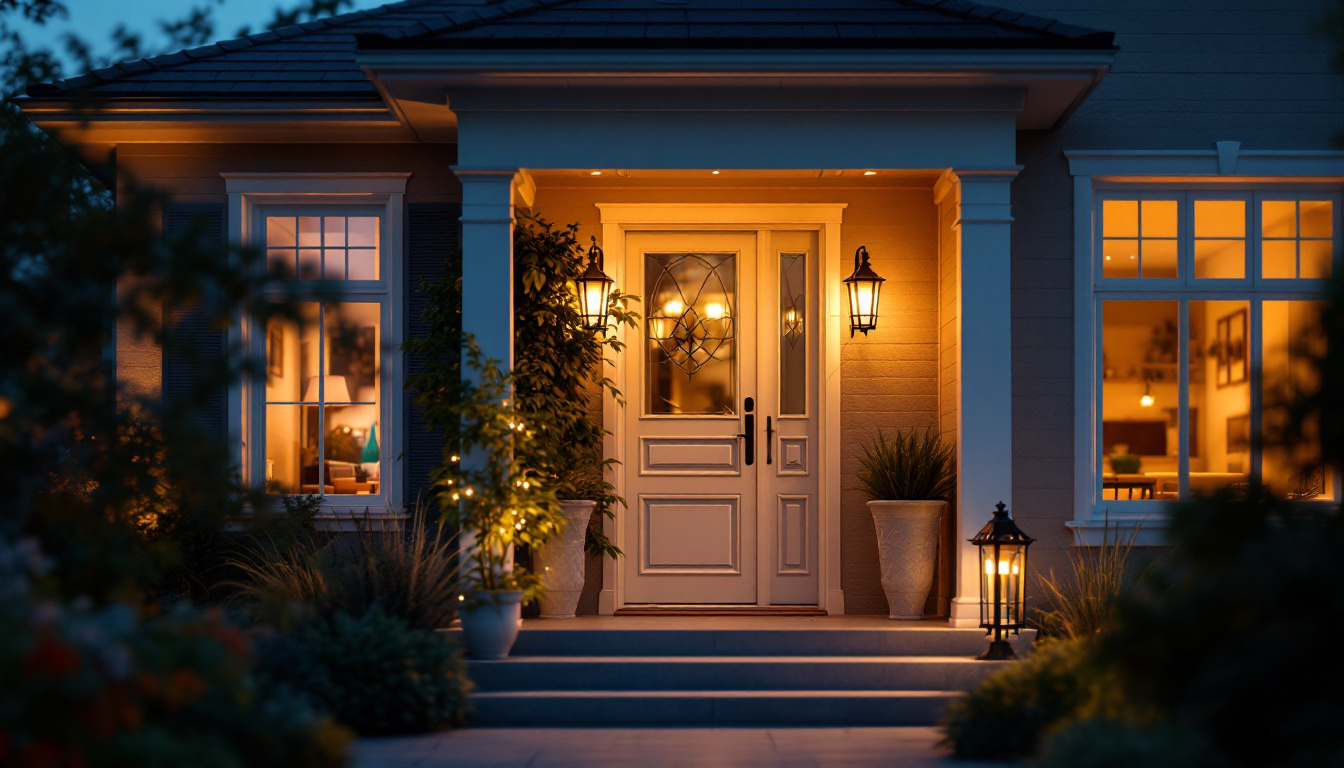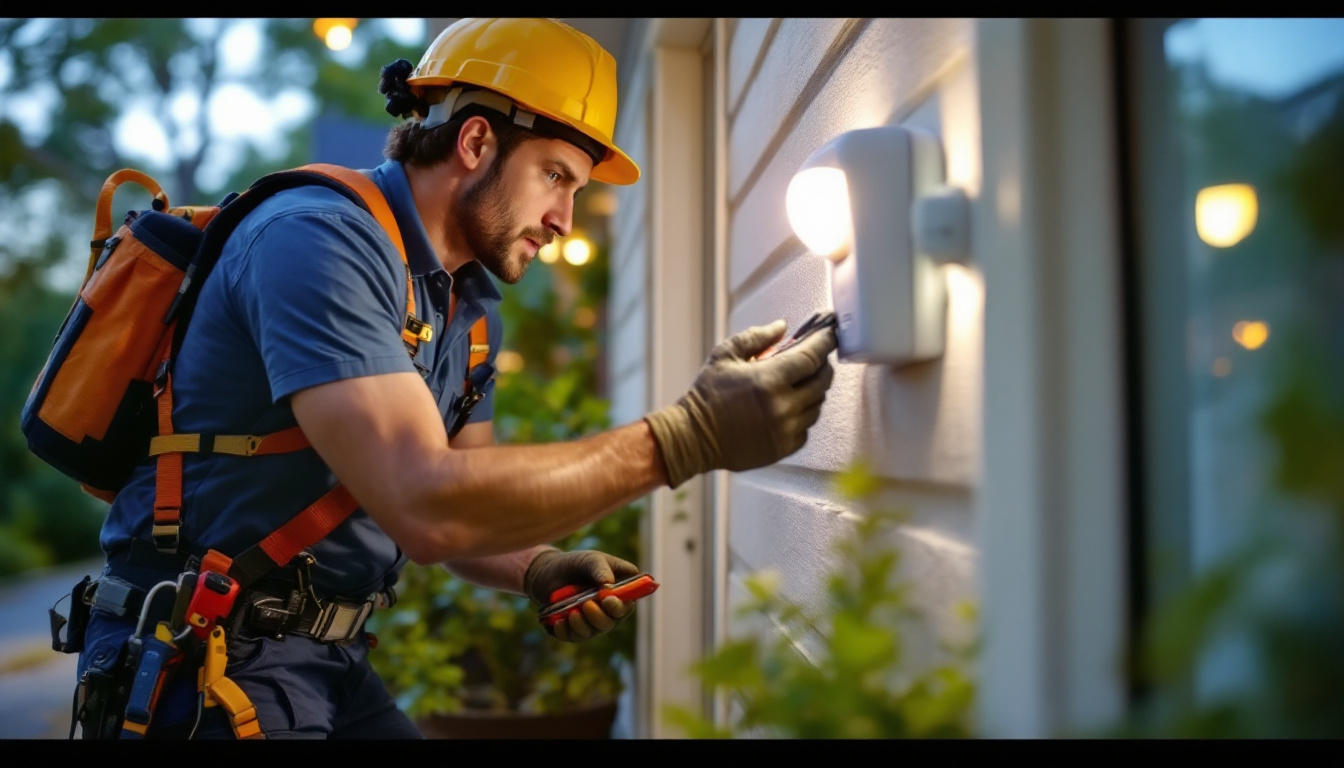
High bay lighting is essential for illuminating large spaces such as warehouses, manufacturing facilities, and gymnasiums. These fixtures are designed to be mounted at heights typically greater than 15 feet, providing effective illumination over expansive areas. The design and layout of high bay lighting systems not only affect visibility but also play a crucial role in energy efficiency and compliance with various regulations. The right lighting can significantly impact the productivity of workers, as well as the overall safety of the environment, making it a critical aspect of facility management.
For lighting contractors, grasping the nuances of high bay lighting is vital. This includes understanding the different types of fixtures available, their applications, and the regulations that govern their use. A well-planned lighting layout can enhance productivity, improve safety, and reduce energy costs. Additionally, staying updated on the latest advancements in lighting technology, such as smart lighting systems that can adjust based on occupancy or natural light levels, can provide contractors with a competitive edge in the market.
High bay lighting comes in various forms, including LED, fluorescent, and metal halide fixtures. Each type has its own set of advantages and disadvantages. LED fixtures, for example, are known for their energy efficiency and long lifespan, making them a popular choice among contractors. On the other hand, fluorescent lights are often less expensive upfront but may incur higher energy costs over time. Metal halide fixtures, while offering excellent color rendering and brightness, can take longer to warm up and may not be as energy-efficient as LEDs.
Understanding the characteristics of each type of fixture is crucial when designing a lighting layout. Factors such as lumens output, color temperature, and beam angle should be considered to ensure optimal performance in the intended space. Furthermore, the choice of fixture can also influence maintenance schedules and costs; for instance, LED fixtures typically require less frequent replacement, thus lowering long-term operational costs. Contractors must also consider the environmental impact of their choices, as many facilities are striving to reduce their carbon footprint and adopt more sustainable practices.
High bay lighting is commonly used in various settings, including industrial facilities, retail spaces, and recreational areas. In warehouses, for instance, proper lighting can enhance safety and efficiency by ensuring that workers can see clearly while navigating through aisles and handling materials. This is particularly important in environments where heavy machinery is in use, as visibility can directly affect accident rates and operational flow.
In retail environments, high bay lighting can create an inviting atmosphere, highlighting products and encouraging customer engagement. The strategic placement of fixtures can draw attention to specific merchandise, enhancing the shopping experience and potentially increasing sales. Understanding the specific needs of each application is essential for contractors to design effective lighting solutions that meet both aesthetic and functional requirements. Moreover, considerations such as dimming capabilities and color rendering index (CRI) can further tailor the lighting to suit the mood and branding of the space, ensuring that the lighting not only serves a practical purpose but also aligns with the overall design vision.
Compliance with local and national regulations is a critical aspect of high bay lighting installation. These regulations are designed to ensure safety, energy efficiency, and environmental sustainability. Lighting contractors must stay informed about the relevant codes and standards that apply to their projects.
The National Electrical Code (NEC) is a set of standards that governs electrical installations in the United States. It provides guidelines for the safe installation of electrical wiring and equipment, including high bay lighting fixtures. Contractors must ensure that their installations comply with NEC requirements to avoid potential hazards and legal issues.
Key considerations include proper grounding, circuit sizing, and the use of appropriate materials. Failure to adhere to NEC guidelines can result in unsafe conditions and costly fines.
Energy efficiency standards are becoming increasingly important in the lighting industry. Regulations such as the Energy Policy Act and various state-specific initiatives encourage the use of energy-efficient lighting solutions. Contractors should be familiar with these standards to ensure that their high bay lighting installations are compliant.
Using energy-efficient fixtures not only helps in meeting regulatory requirements but also reduces operational costs for clients. This can be a significant selling point for contractors when proposing lighting solutions.
In addition to national standards, local building codes may impose additional requirements for high bay lighting installations. These codes can vary significantly from one jurisdiction to another, making it essential for contractors to be familiar with the regulations in their area.
Local codes may dictate specific installation practices, such as fixture height, spacing, and emergency lighting requirements. Ensuring compliance with these codes is not only necessary for legal reasons but also for the safety and satisfaction of clients.
Designing a high bay lighting layout involves several key considerations to ensure optimal performance and compliance. A well-thought-out layout can significantly impact the effectiveness of the lighting system, enhancing visibility and safety in the space.
The first step in designing a high bay lighting layout is to calculate the lighting requirements for the space. This involves determining the necessary illuminance levels based on the specific application and tasks being performed. Different areas may have varying requirements; for example, a warehouse may require different lighting levels than a gymnasium.
Using tools such as photometric analysis can help contractors assess the existing lighting conditions and identify areas that require improvement. This analysis allows for more informed decisions regarding fixture selection and placement.
Once the lighting requirements have been established, the next step is to determine the optimal placement and spacing of fixtures. Proper spacing is crucial to avoid dark spots and ensure uniform illumination throughout the area.
Contractors should consider factors such as ceiling height, fixture beam angle, and the layout of the space when determining fixture placement. A well-planned layout will minimize glare and maximize visibility, contributing to a safer and more productive environment.
Incorporating lighting controls into the high bay lighting layout can enhance energy efficiency and flexibility. Controls such as dimmers, occupancy sensors, and timers allow for greater customization of the lighting system, enabling it to adapt to changing conditions and usage patterns.
For instance, occupancy sensors can automatically turn off lights in unoccupied areas, reducing energy consumption. This not only helps in meeting energy efficiency standards but also provides clients with cost savings over time.
While designing and installing high bay lighting systems can be rewarding, several challenges may arise during the process. Being aware of these challenges can help contractors prepare and develop effective solutions.
One of the primary challenges in high bay lighting installation is working at significant heights. Installing fixtures at heights greater than 15 feet requires specialized equipment and safety precautions. Contractors must ensure that their team is trained in proper safety protocols to mitigate risks associated with working at heights.
Accessibility to fixtures for maintenance is another consideration. Choosing fixtures that are easy to access for routine maintenance can save time and reduce costs in the long run.
Another challenge contractors may face is balancing cost and quality when selecting high bay lighting fixtures. While it may be tempting to opt for lower-cost options, these fixtures may not provide the same performance or longevity as higher-quality alternatives.
Contractors should consider the total cost of ownership, including energy consumption and maintenance costs, when making fixture selections. Investing in quality fixtures can lead to long-term savings and improved client satisfaction.
Every client has unique needs and preferences, which can present challenges during the design and installation process. Understanding the specific requirements of each client is essential for delivering a successful high bay lighting solution.
Effective communication and collaboration with clients can help contractors identify their needs and expectations. This can lead to a more tailored lighting solution that meets both functional and aesthetic requirements.
The lighting industry is continually evolving, with new technologies and trends shaping the future of high bay lighting. Staying informed about these trends can help contractors remain competitive and offer innovative solutions to clients.
Smart lighting technologies are gaining traction in the high bay lighting sector. These systems allow for remote monitoring and control of lighting fixtures, enabling contractors and clients to optimize energy usage and improve efficiency.
Integration with building management systems can provide valuable data on energy consumption and lighting performance, allowing for informed decision-making regarding upgrades and maintenance.
Sustainability is becoming a key consideration in lighting design. As businesses strive to reduce their environmental impact, the demand for energy-efficient and eco-friendly lighting solutions is on the rise. Contractors should be prepared to offer sustainable options that align with clients’ sustainability goals.
This may include recommending LED fixtures, utilizing renewable energy sources, and implementing recycling programs for old fixtures. By prioritizing sustainability, contractors can enhance their reputation and appeal to environmentally conscious clients.
LED technology continues to advance, offering improved performance and efficiency. New developments in LED fixtures, such as enhanced color rendering and tunable white light options, provide contractors with more versatile solutions for high bay lighting applications.
Staying updated on the latest advancements in LED technology can help contractors provide cutting-edge solutions that meet the evolving needs of their clients.
High bay lighting layout and installation require careful consideration of various factors, including compliance with regulations, design principles, and emerging trends. For lighting contractors, understanding these aspects is essential for delivering effective and efficient lighting solutions that meet client needs.
By staying informed about compliance requirements, mastering design techniques, and embracing new technologies, contractors can position themselves as trusted experts in the high bay lighting sector. This not only enhances client satisfaction but also contributes to the overall success of their business.
Ready to elevate your high bay lighting installations with products that blend quality, efficiency, and value? Look no further than LumenWholesale. Our extensive selection of spec-grade lighting products is designed to meet the highest industry standards, ensuring your projects shine with reliability and performance. Say goodbye to inflated markups and hello to unbeatable wholesale prices, complete with the convenience of free shipping on bulk orders. Don’t compromise on quality or cost. Discover the best value in wholesale lighting and make LumenWholesale your go-to source for all your lighting needs.

Discover how strategic front door lighting installations can boost your business’s profitability.

Discover the ultimate checklist for lighting professionals focusing on fan ceilings.

Explore the top challenges lighting contractors face when integrating motion and light sensors into projects.

Discover how utility light sockets are revolutionizing the work of lighting contractors by enhancing efficiency and reducing installation time.